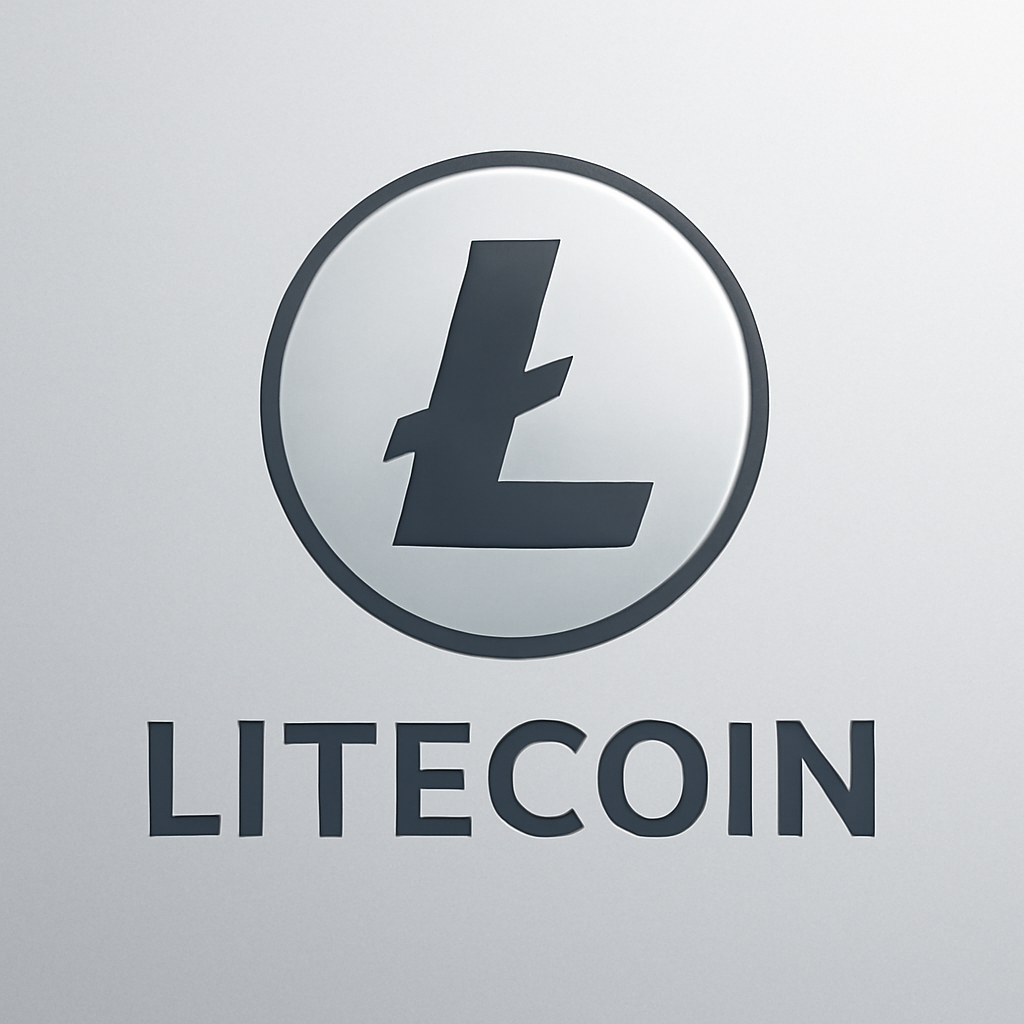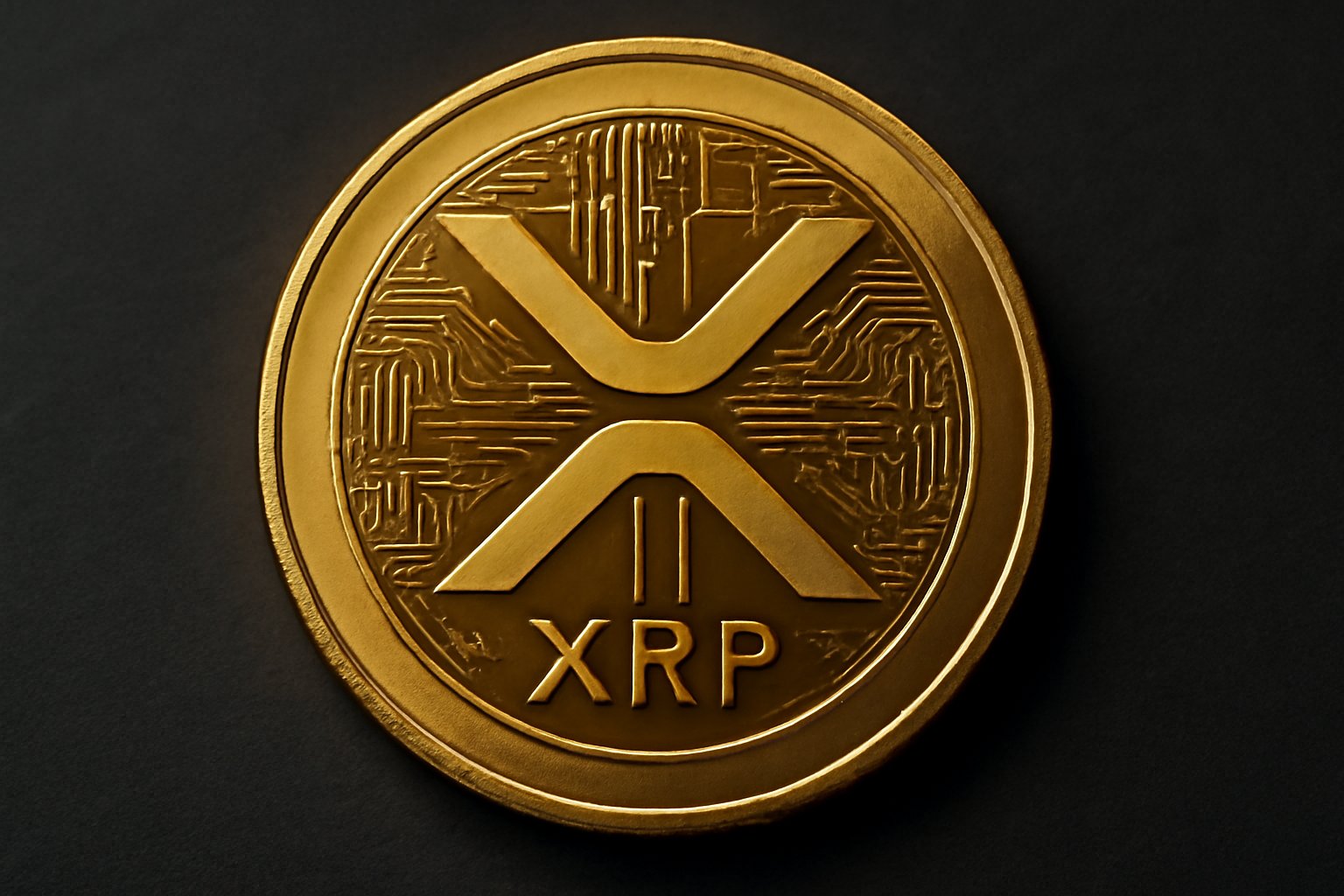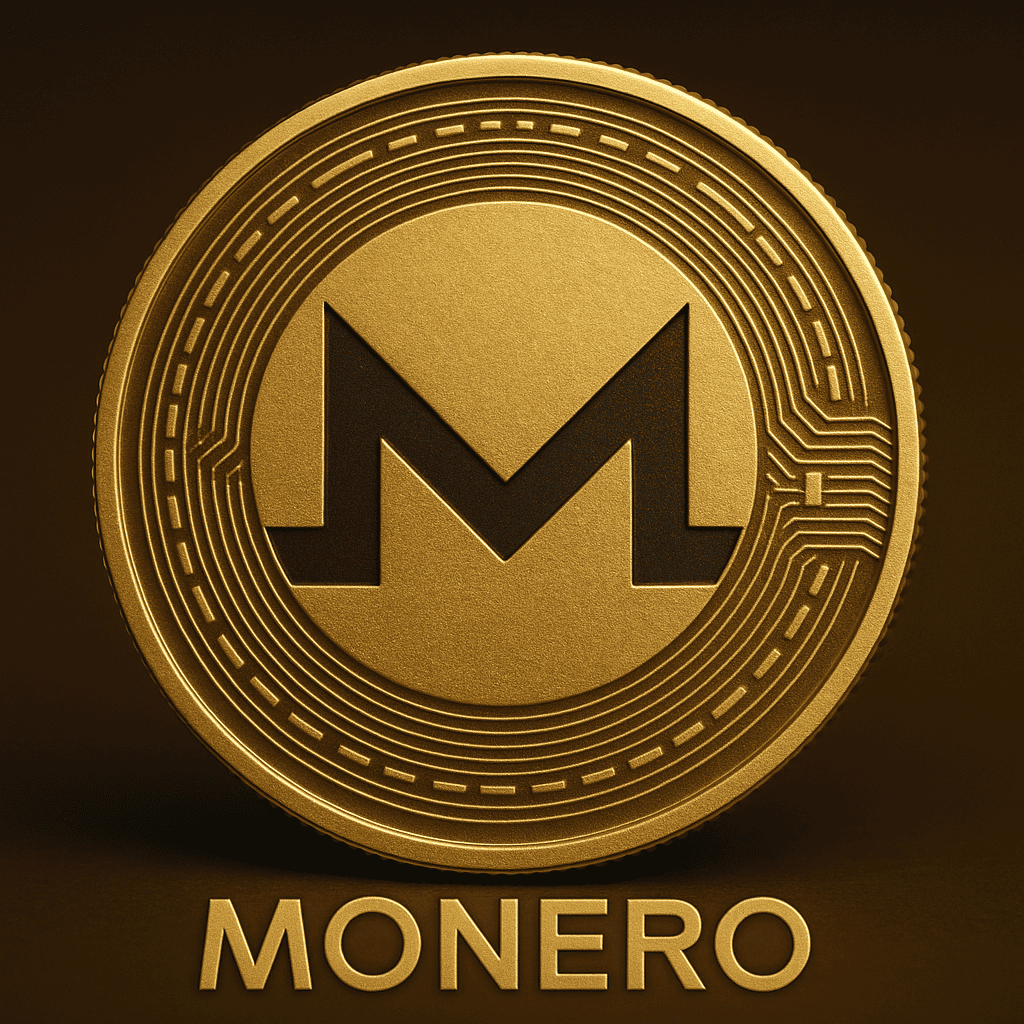Litecoin (LTC) has been around since October 7 2011, making it one of the oldest active cryptocurrencies. You can think of it as Bitcoin’s lighter, faster cousin—built to move value quickly and cheaply while keeping the familiar, battle‑tested feel of Bitcoin’s codebase.
History
• Created by Charlie Lee, a former Google engineer, who forked Bitcoin Core to tweak four key parameters: block time (2.5 minutes), supply cap (84 million LTC), hashing algorithm (Scrypt), and difficulty retargeting (every block).
• Early miners used ordinary CPUs/GPUs; today Scrypt‑ASICs dominate, but the barrier to entry is still lower than Bitcoin’s SHA‑256 arms race.
• Major milestones include SegWit activation (May 2017) and the MimbleWimble Extension Block (MWEB) upgrade (May 2022), which added opt‑in confidential transactions.
Technology Under the Hood
Blockchain foundation
Litecoin stores every transaction in a chronological chain of blocks secured by Proof‑of‑Work. Miners compete with Scrypt‑based hashing, earning freshly minted LTC and fees for each valid block.
Decentralized network
No central operator tells you when or where to send LTC. Thousands of full nodes verify blocks, while miners worldwide add new ones. If any actor tries to rewrite history, the rest of the network simply ignores the rogue chain.
Core design tweaks versus Bitcoin
| Feature | Bitcoin | Litecoin | What it means for you |
| Block interval | 10 min | 2.5 min | Faster confirmations |
| Supply cap | 21 M | 84 M | Four‑times larger coin supply |
| Hashing | SHA‑256 | Scrypt | ASICs exist but are less concentrated |
| Recent upgrade | Taproot | MWEB | Optional privacy for amounts & addresses |
Transaction Performance and Scalability
Speed & cost
Litecoin’s theoretical throughput hovers around 56 TPS, but the network rarely pushes those limits; in practice you see 5–10 TPS with room to grow. Typical on‑chain fees stay below $0.05, even during busy periods, and a standard payment sees its first confirmation in 2.5 minutes. Merchants often wait two‑to‑six blocks (~5–15 min) for added security.
Scalability challenges
• Block space is finite; during hype cycles fee spikes still happen (though milder than Bitcoin).
• Proof‑of‑Work scaling by cranking up block size or rate risks centralising miners.
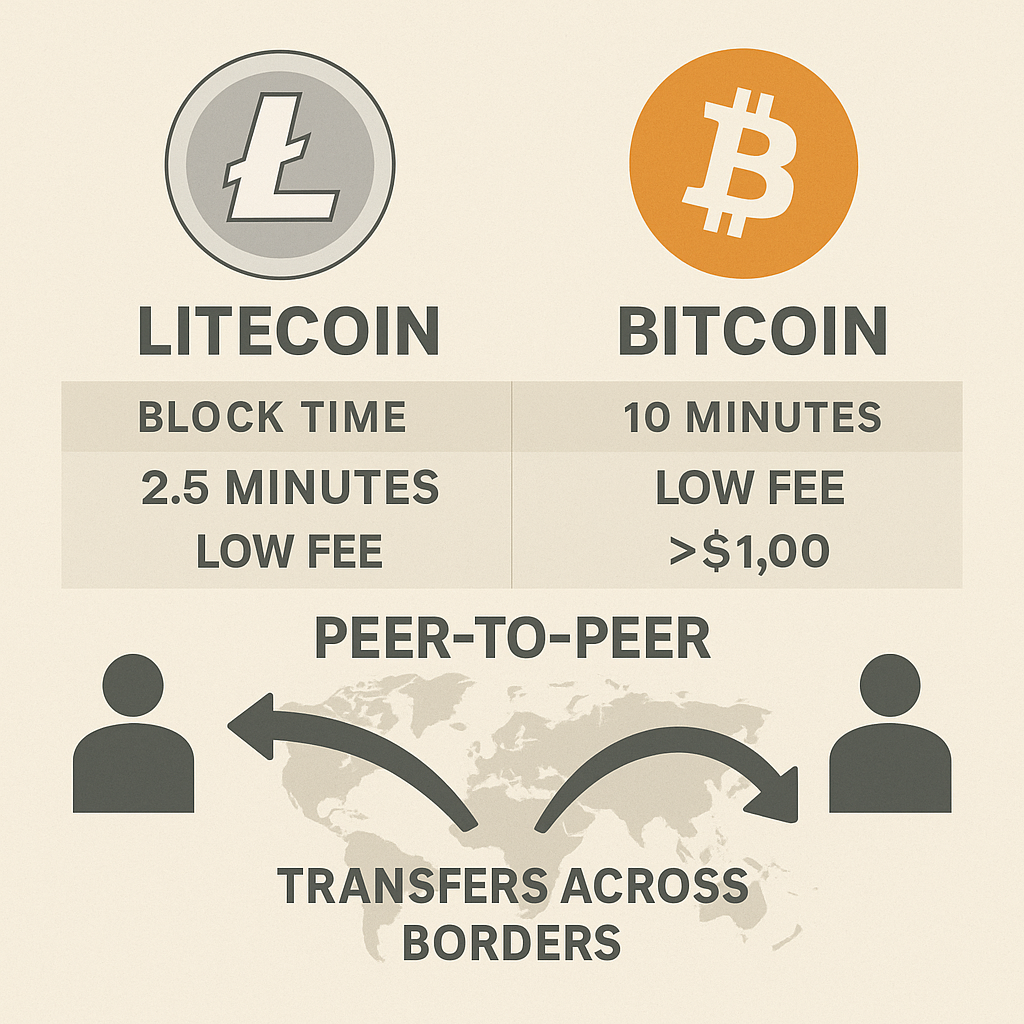
Existing & future solutions
• SegWit (live) boosts capacity ~1.6× and fixes transaction malleability.
• Lightning Network (operational) shifts tiny payments off‑chain for near‑instant, near‑free settlement.
• MWEB (live) bundles private transfers in extension blocks, lowering main‑chain bloat.
• Research areas: side‑chains for specialised workloads, and potential future soft‑forks to adopt Schnorr/Taproot‑style signatures for further efficiency.
Environmental Impact
Litecoin mining still burns electricity, yet its smaller hashrate translates to a fraction of Bitcoin’s energy draw. Scrypt also favours memory‑intensive hardware, discouraging the most power‑hungry ASIC designs. Green miners increasingly site rigs near surplus renewables or flare‑gas capture facilities to cut both cost and CO₂. Critics note that proof‑of‑stake chains use orders‑of‑magnitude less energy, while supporters argue Litecoin’s modest footprint buys unmatched resilience.

Current and Emerging Developments
• Halving cycle: block rewards fell from 12.5 to 6.25 LTC in August 2023; the next drop hits mid‑2027, historically bullish for scarcity narratives.
• MWEB adoption: wallets and exchanges gradually add support, giving you optional privacy without fragmenting liquidity.
• Regulation: the EU’s MiCA regime (2024) clarifies rules for service providers, while U.S. proposals (FIT21 bill variants) debate commodity vs. security status.
• Payments: LTC is integrated by major processors (PayPal, BitPay) and hundreds of ATMs; Visa‑linked Litecoin cards let you spend LTC anywhere cards are accepted.
Price Outlook to December 2025
Forecasting crypto prices is more art than science, but analysts generally bracket LTC between $80 and $250 by year‑end 2025. Upside catalysts include a post‑halving supply squeeze, broader Lightning adoption, and a possible second wave of mainstream crypto ETFs. Downside risks: tighter global regulation, sustained macro weakness, or a major security incident.
Advantages over Other Coins
• Speedy settlement: 4× faster blocks than Bitcoin.
• Low fees: cents, not dollars, even when networks clog.
• Longevity: 14+ years with zero downtime.
• High liquidity: top‑tier exchange listings and deep markets.
• Security through PoW: large cumulative hashrate deters 51 % attacks.
• Digital “silver”: complements Bitcoin’s “gold” narrative, appealing to portfolio‑diversification strategies.
Disadvantages
• Still consumes energy (though less than BTC).
• Lower hashrate than Bitcoin, so attacks are cheaper in theory.
• Fewer developers versus Ethereum or Solana; slower pace of DeFi/ NFT innovation.
• Perception as “testnet for Bitcoin,” which can dampen institutional interest.
Privacy: Is Litecoin Anonymous?
Regular LTC transfers are pseudonymous; anyone can trace flows between public addresses. MWEB hides amounts and sender/receiver details—but only if both parties opt in, and some exchanges disable MWEB deposits for compliance. Compared with Monero (always‑private) or Zcash (shielded‑by‑default in many wallets), Litecoin offers a middle road: privacy when you need it, transparency when you don’t.
Security
Litecoin inherits Bitcoin’s core code and peer‑reviewed cryptography. Double‑spend protection rests on PoW consensus, while replay‑protection and soft‑fork discipline prevent accidental chain splits. Wallet security remains your responsibility—use hardware wallets and seed backups to stay safe.
Decentralization
Mining, node operation, and development are all open to anyone. No foundation can freeze or roll back transactions. Governance happens through open‑source proposals and rough consensus, with miners and nodes signalling support via version bits.
Real Money or Digital Asset?
Money typically scores on store‑of‑value, medium‑of‑exchange, and unit‑of‑account. Litecoin excels at the first two in crypto‑native circles, though it’s rarely quoted for pricing goods. Legal status varies: some jurisdictions treat LTC as virtual currency (e.g., Japan), others as property (U.S.), but it’s not legal tender outside private agreements.
Helping the Unbanked
In places like Cuba or Afghanistan, banking sanctions and capital controls shut people out of global commerce. All you need to use Litecoin is a smartphone and an internet link—no ID checks, no borders, no banking hours. Remittances clear in minutes at negligible cost, sparing families the double‑digit fees of traditional money‑transfer operators.
Government Stances
• Friendly: El Salvador accepts LTC for taxes and public services alongside BTC.
• Restrictive: China bans crypto trading yet tolerates mining within certain provinces.
• Regulated‑open: EU’s MiCA licences exchanges, mandates disclosures, and standardises consumer protections.
Use Cases
• Peer‑to‑peer payments and tipping.
• Cross‑border payroll for remote workers.
• Point‑of‑sale spending via cards or QR codes.
• Collateral in decentralised lending markets that support LTC.
• Store‑of‑value hedge against local currency devaluation.
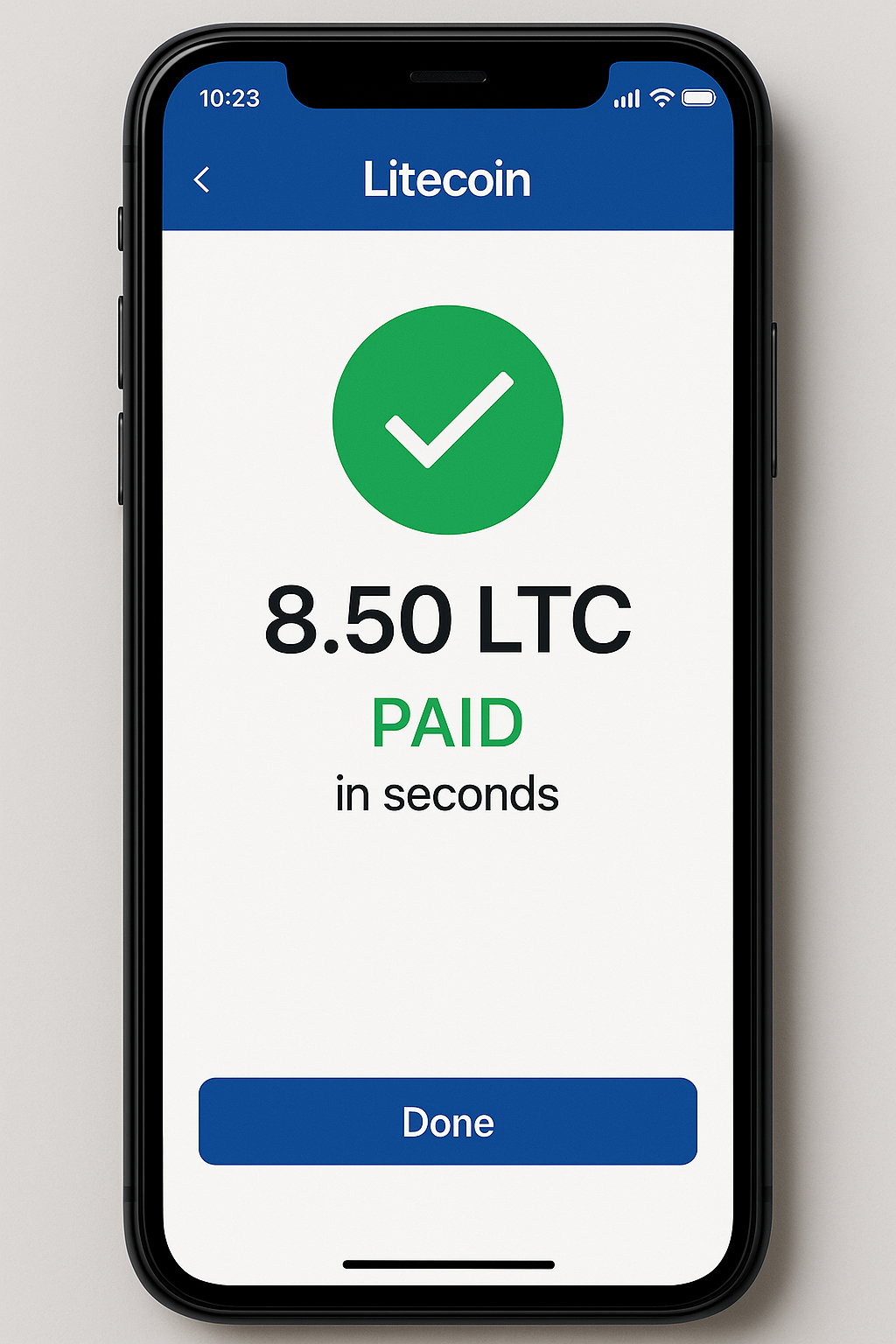
Could Litecoin Replace Gold?
Gold’s trillion‑dollar market rests on millennia of cultural trust and physical scarcity. Litecoin offers digital scarcity and portability, but with higher volatility and shorter track record. It is better viewed as “digital silver” complementing Bitcoin’s “digital gold” rather than a direct substitute for bullion.
Regulation Around the World
| Region | Approach | Highlights |
| North America | Disclosure‑heavy | Taxed as property; exchange licences vary by state. |
| European Union | Harmonised | MiCA sets passportable crypto‑asset service provider (CASP) framework (2024). |
| Latin America | Mixed | El Salvador pro‑crypto; Argentina taxes gains; Bolivia bans trading. |
| Asia‑Pacific | Divergent | Japan licences exchanges; India imposes 30 % tax, no ban; China bans trading. |
| Africa | Evolving | Nigeria’s e‑Naira coexists with tightened banking restrictions on crypto. |
Network Resilience Against Hackers
A 51 % attacker would need to control most of the global Scrypt power, rent‑a‑hash attack markets make this costly though not impossible. Developers added checkpoints and version‑bits activation thresholds to slow hostile forks. For individual users, hardware wallets and strong passphrase hygiene fend off phishing and malware.
Disclaimer
The information on this website is for educational purposes only, and investing carries risks. Always do your research before investing, and be prepared for potential losses.
18+ and Gambling: Online gambling rules vary by country; please follow them. This website provides entertainment content, and using it means you accept out terms. We may include partnership links, but they don't affect our ratings or recommendations.
Crypto promotions on this site do not comply with the UK Financial Promotions Regime and are not intended for UK consumers.


